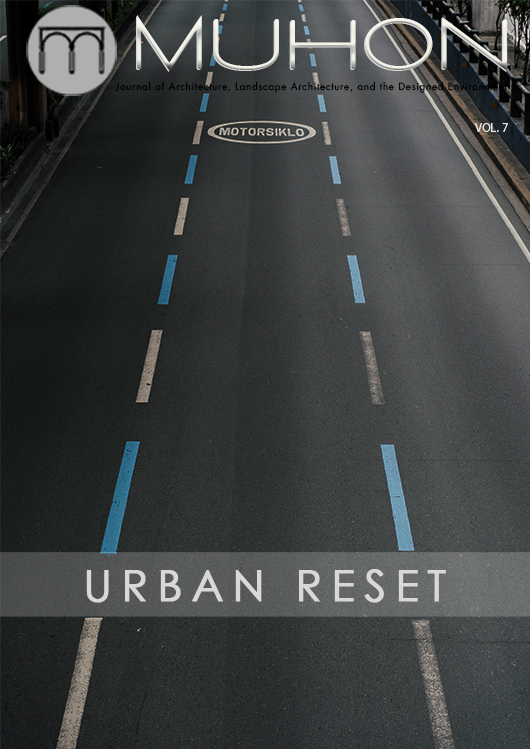Empirical Analysis of the Compressive Strengths of Composite Materials: The Case of Rice Straw and Cement
Abstract
In the Philippines, rice straw is an agricultural waste product which is disposed through incineration. Using it as a composite material in green building construction can reduce cost and environmental hazards caused by crop burning. A fiber (rice straw) reinforced concrete, through proper mixing and proportion of its design, can achieve good strength and insulation properties. This study focuses on determining the effectiveness of rice straw/stalk with cement as an alternative eco-friendly and light building material. Moreover, this study aims to determine the effects of using various percentages of chopped rice straw in different concrete mixtures to optimize the compressive strength of the composite material. The rice straw samples used for this study came from Barangay Salvacion, Tabaco, Albay. The samples were dried in various drying durations of five days, eight days and 10 days and then cured in water for 24 hours. Afterward, concrete cylinder samples using steel molds were prepared for compressive strength determination. In the concrete mixes, different proportions were prepared by replacing the coarse aggregates with 25 percent, 50 percent and 100 percent rice straw. In the course of mixing the composite materials, water retardant and foaming agent admixtures were also introduced. The samples were cured for one day, three days, seven days, 14 days, and 28 days for compressive strength determinations. The results show that the compressive strength is inversely proportional with the rice straw content of concrete. The sample with 100 percent rice straw replacement attained a compressive strength value of 266.00 psi on the 28th day of curing while the zero percent rice straw attained 1,526.00 psi. The compressive strength value was found to be reduced by at most 82.56 percent. Using 100 percent rice straw as aggregates decreased the mixtures’ workability resulting to a higher concrete water demand but also made it lighter with decreased density, hence making it lightweight. An air entraining admixture was mixed with plasticizer to help increase the workability of the concrete mixture.
Keywords: Rice Straw, Low-cost Materials, Eco-friendly, Sustainable Material, Lightweight Concrete
The copyright for the published work belongs to UPCA and its selected publisher. The contributor is free to publish a modified version of the same article in other publications.
The contributor guarantees that :
- the article does not infringe on the copyright or any proprietary right of any other person
- the article contains no libelous or other unlawful matter
- the article makes no improper invasion of the privacy of any other person.





